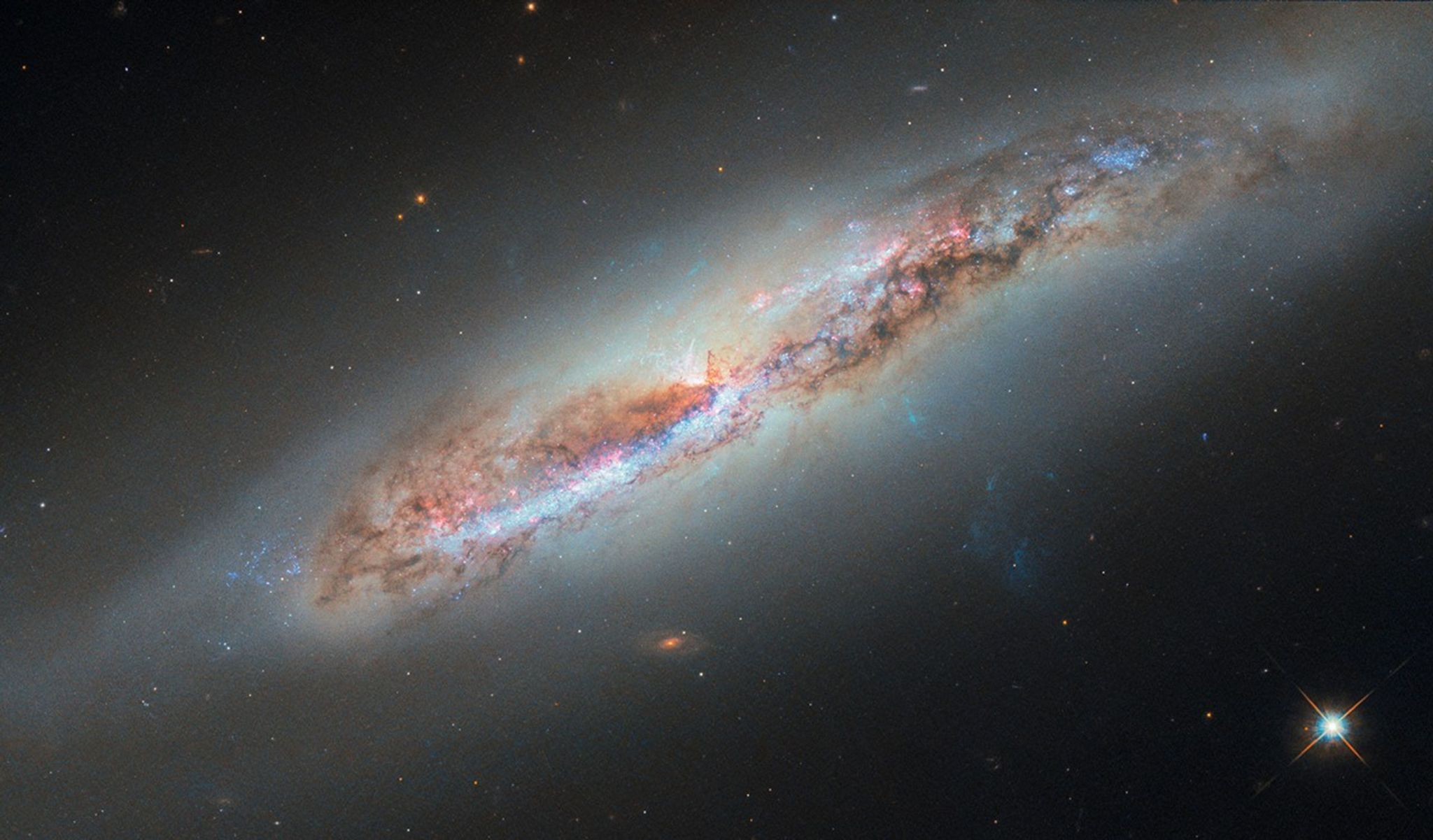from NASA Breaking News http://ift.tt/1DqvgdI
via IFTTT
NASA's Soil Moisture Active Passive mission (SMAP) now is scheduled to launch from Vandenberg Air Force Base, California at 6:20 a.m. PST (9:20 a.m. EST) Saturday, Jan. 31.
The star system Kepler-444 is the oldest known to host terrestrial-sized planets.
NASA's Soil Moisture Active Passive (SMAP) mission is set to launch Thursday, Jan. 29, at 6:20 a.m. PST (9:20 a.m. EST) from Vandenberg Air Force Base in California.
Researchers studying data from NASA's Cassini mission have observed that Saturn's largest moon, Titan, behaves much like Venus, Mars or a comet when exposed to the raw power of the solar wind.
Managers from NASA and United Launch Alliance (ULA) met Tues., Jan. 27, at Vandenberg Air Force Base to assess the status of NASA's Soil Moisture Active Passive spacecraft and the ULA Delta II rocket that will boost SMAP into space.
Soil moisture data from NASA's SMAP mission will open a path to improved weather forecasts.
"Hmm, what's that?" Simply by asking the question, volunteers have led researchers to illuminate a little-known stage of massive star formation.
NASA's Dawn spacecraft has returned the sharpest images ever seen of the dwarf planet Ceres.
Radar Images from Goldstone indicate that asteroid 2004 BL86, which safely flew past Earth today, has a moon.
Soil moisture, which keeps Earth's interlocking cycles of water, carbon and energy turning in harmony, is the focus of NASA's SMAP mission, launching Jan. 29.
The Soil Moisture Active Passive (SMAP) mission, scheduled for launch on Jan. 29, will measure the moisture in Earth's soil with greater accuracy and higher resolution than any preceding mission, producing a global map of soil moisture every three days.
Protoplanet Vesta, visited by NASA's Dawn spacecraft from 2011 to 2013, was once thought to be completely dry, incapable of retaining water because of the low temperatures and pressures at its surface.
An instrument called SPIDER just landed after 16 days drifting in the wind above Antarctica, searching for signs of inflation in the earliest moments of the universe.
NASA and Microsoft have teamed up to develop software called OnSight, a new technology that will enable scientists to work virtually on Mars using wearable technology called Microsoft HoloLens.
The Beagle 2 Mars Lander, built by the United Kingdom, has been thought lost on Mars since 2003, but has now been found in images from NASA's Mars Reconnaissance Orbiter.
NASA's New Horizons spacecraft is entering the first of several approach phases, culminating July 14 with the first close-up flyby of the dwarf planet Pluto.
A NASA spacecraft using infrared imaging discovered 40 near-Earth objects in one year and observed many others, including a comet that has become this month's brightest.
Meltwater rivers flowing on Greenland's frozen surface may contribute as much to global sea level rise as all other processes that drain water from the ice sheet combined.
A new NASA satellite that will peer into the topmost layer of Earth's soils to measure the hidden waters that influence our climate is in final preparations for a Jan. 29 launch.
New data from NASA's NuSTAR mission determine which of two supermassive black holes is pouring out X-rays in a colliding pair of galaxies.
Scientists have found what appear to be two supermassive black holes in the final stages of a merger, a rare event never seen before.
Researchers at NASA's Jet Propulsion Laboratory are developing robots to explore volcanoes.
Citizen scientists are busy sifting through images from the WISE mission, logging 1 million potential planetary habitats.
NASA's Kepler Space Telescope has, to date, offered scientists more than 4,000 candidate planets -- the 1,000th of which was recently verified.
NASA's Curiosity Mars rover has a new science-team chief who has already helped lead the mission for a decade.
NASA will hold a briefing at 11 a.m. PST (2 p.m. EST) Thursday, Jan. 8, about the upcoming Soil Moisture Active Passive (SMAP) mission.
This NASA/ESA Hubble Space Telescope image features the galaxy NGC 4388, a member of the Virgo galaxy cluster. ESA/Hubble & NASA, ...
